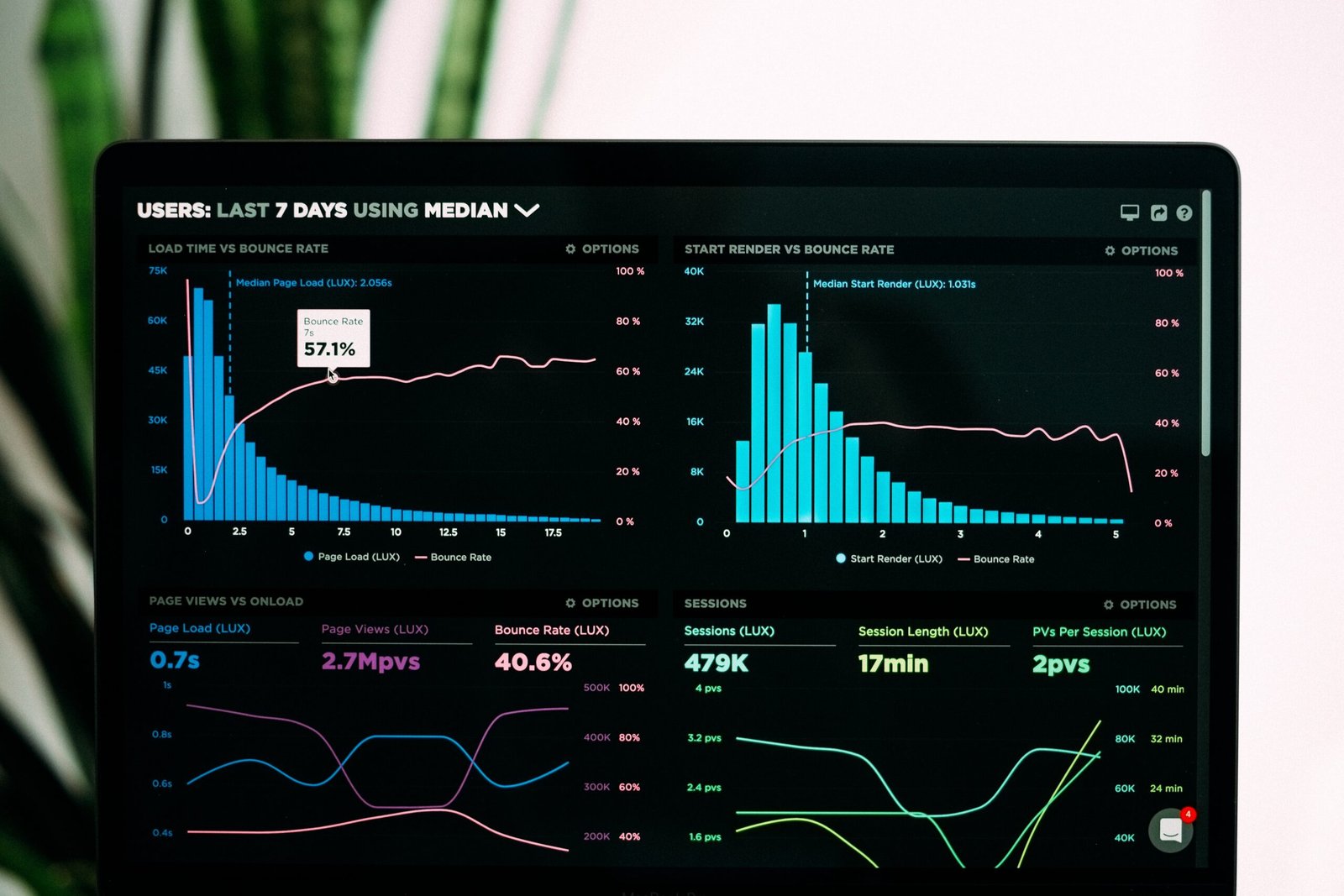The Need for Speed
In today’s digital age, speed is everything. Whether it’s browsing the internet, streaming videos, or shopping online, users expect instant results. If a website takes too long to load, users will quickly lose patience and move on to a competitor’s site.
Website speed and performance optimization is not just a nice-to-have feature; it is essential for the success of any online business. In this blog post, we will explore why website speed matters and how you can optimize your site to provide a seamless user experience.
Why Does Website Speed Matter?
1. User Experience: As mentioned earlier, users have little tolerance for slow-loading websites. They want information at their fingertips and expect a website to load within a few seconds. A slow website not only frustrates users but also leads to a higher bounce rate and lower conversion rates.
2. Search Engine Rankings: Search engines like Google consider website speed as one of the ranking factors. A slow website is less likely to rank higher in search engine results pages (SERPs) compared to a fast-loading site. By optimizing your website’s speed, you can improve your search engine rankings and attract more organic traffic.
3. Mobile Optimization: With the increasing use of smartphones and tablets, mobile optimization has become crucial. Mobile users have even less patience for slow-loading websites than desktop users. By optimizing your website for mobile devices, you can provide a seamless experience and cater to a wider audience.
How to Optimize Website Speed and Performance
1. Minimize HTTP Requests: Every element on a webpage, including images, CSS files, and JavaScript, requires an HTTP request. The more requests a webpage has, the longer it takes to load. Minimize the number of HTTP requests by combining files, reducing unnecessary scripts, and using CSS sprites.
2. Enable Browser Caching: Browser caching allows a user’s browser to store certain elements of your website, such as images and CSS files, so that they don’t have to be downloaded again on subsequent visits. This significantly reduces the load time for returning visitors.
3. Optimize Images: Large images can significantly slow down a website. Optimize your images by resizing them to the appropriate dimensions and compressing them without compromising on quality. There are various online tools available to help you optimize your images.
4. Use a Content Delivery Network (CDN): A CDN stores copies of your website’s static content, such as images and CSS files, on servers around the world. When a user visits your website, the content is served from the server closest to their location, reducing the distance data needs to travel and improving load times.
5. Reduce Plugins and Scripts: While plugins and scripts can add functionality to your website, they can also slow it down. Audit your website for unnecessary plugins and scripts and remove or replace them with more efficient alternatives.
The Bottom Line
Website speed and performance optimization is not just a technical concern; it directly impacts your business’s success. By prioritizing speed and implementing the above optimization techniques, you can provide a better user experience, improve search engine rankings, and ultimately increase conversions. Don’t let a slow website hinder your online growth – take action today and optimize your website for success!

